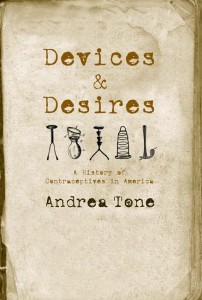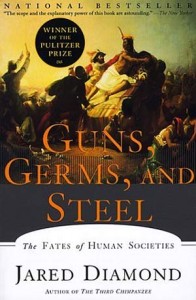As I’ve mentioned before I am taking a class this semester about the extinction of species. One of the topics we recently covered (and I recently got a crash course in for the midterm) is captive breeding. Captive breeding is a conservation strategy in which animals are captured and held in a protected area, where they are then bred to another specific animal of their species to optimize the production and survival of their offspring. I just assumed that this was a more recent (meaning within the last century) trend in conservation efforts, but then I saw this BBC article about the effects of sacrifice and mummification on Egyptian species, and realized how wrong I was.
 |
| Mummified monkey in Cairo. Source: Wikimedia Commons. |
The ancient Egyptians would often mummify animals to be included in a person’s tomb as a sacrifice to follow the dead into the afterlife to provide company and serve as an offering to the gods. However, according to the article by Jane O’Brien, the Egyptians had favorite species that they chose to mummify. They sacrificed these animals so much that they put these species in danger of extinction. Thus, to keep up with demand captive breeding was needed to keep the number of available animals high.
Experts, like Selima Ikram a professor of Egyptology at the American University in Cairo who was quoted in the BBC article, believe that at least one bird species (the Sacred Ibis) was so popular for mummification that it was driven close to extinction. Other animals that were popular for mummification were dogs, cats, hawks, falcons, and baboons, although Ikram was quoted saying:
“Its easier to say which animals the Egyptians didn’t mummify. There are no mummified pigs as far as we know, no mummified hippos, and I think thats about it – because almost every other creature at some time or another has been mummified.”
According to the article, when the animals most sought after for mummification started to become rare in the wild, breeding programs were launched by temples (the animals were often seen as sacred or representations of the gods) and the nearby villages. Evidence of these programs shows them in place as early as 3,000BC with the height of captive breeding at 650BC-200AD.
I liked this article because it provided a little bit of context about why animals would have been slaughtered for sacrifice in such great numbers. If you just look at the fact that so many animals were killed, it seems like the Egyptians were being selfish, putting human desires (not even needs) above all these animals. However, you have to look at their religion, and how they viewed the animals. Ikram says that the Egyptians would have viewed sacrificing the animals as a great honor for the animals, because they were so revered. The focus was on life, and continuing the animals’ existence in the afterlife, not on death or killing them. I think this bit of context is a really important part of the story and I’m glad it was included in the BBC article. Captive breeding by the Ancient Egyptians… who knew?
***
Just want to note that the BBC piece was a plug for the Smithsonian Institution’s National Museum of Natural History’s new exhibit of mummified animals. Haven’t seen it and can’t endorse it, but it looks like it might be pretty cool to check out if you are in the DC area.









